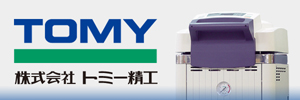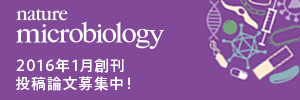PJ-157:Single-cell genome analyses of three dominant bacterial species in the gut of a higher termite
1RIKEN CSRS-BMEP, 2RIKEN BRC-JCM, 3Liverpool univ. IIB, 4Tokyo Inst. Tech
The gut of wood-feeding higher termites harbors a complex bacterial community for lignocellulose digestion. Because the majority of the bacteria are very difficult to cultivate, their molecular studies have been done without cultivation, such as metagenomics and 16S amplicon sequencing. Although these studies have clarified microbial diversity and functions of a whole community of symbiotic bacteria, the functions of individual microbial species remain to be explored. Here, we conducted single-cell genomics of three dominant bacterial species in the gut of the higher termite Nasutitermes takasagoensis: a species in the genus Treponema, phyla Fibrobacteres and the candidate phylum TG3. We applied fluorescence activated cell sorting (FACS) for the isolation of single cells of these three species from the gut community, and the genomic DNA was amplified by multiple displacement amplification (MDA) using Phi29 DNA polymerase. The amplified samples were subjected to paired-end and mate-pair sequencing on an Illumina MiSeq. We obtained the draft genomes of more than 77% genome completeness for the respective species. These genomes encode different arrays of cellulases and hemicellulases, and in addition, the genomes of the Fibrobacteres and TG3 species encode genes responsible for nitrogen fixation. Furthermore, the Fibrobacteres and Treponema species have the potential for acetogenesis from H2 plus CO2. We are currently analyzing RNAseq data of the bacterial gut microbiota in order to evaluate the significance of each function of these bacteria.
keywords:single-cell genome,termite,symbiosis




